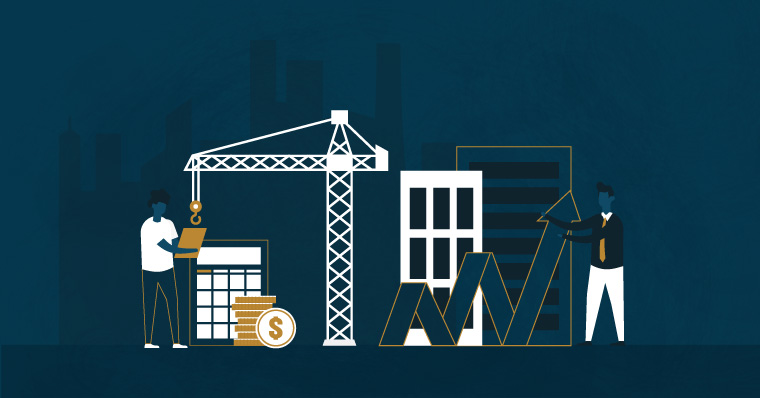
Current limits:
- 25% in property
- 30% in offshore assets
- 75% in equities
Treasury recently said in a statement that Regulation 28 “reduces excessive and concentration risk to member savings and ensures protection by limiting the extent to which retirement funds may invest in a particular asset class”.
In its current form, Regulation 28 does not recognise infrastructure as a specific asset class and the proposals do not seek to change this. The proposals seek to recognise infrastructure within the current specified asset classes.
What are the changes?
These changes seek to measure the amount of infrastructure investment by pension funds.
The proposed changes also seek to provide specific limits to alternative assets. For example, private equity will see an increase from 10% to 15%.
The amount that a retirement fund can now invest in infrastructure will be 45% of the fund with a limit of 25% for a single entity – that’s incredibly high when you consider that, in comparison, a pension fund may only invest a maximum of 30% offshore.
I view these changes as possibly precursor to prescribed assets – but, importantly, retirement fund trustees still have the discretion to invest in asset classes that they choose, within the limits of Regulation 28. The government is saying, “Let’s track how much pension funds are investing in infrastructure”. Without changes to the overall asset classes and merely having infrastructure recognised within existing asset classes – is government testing the waters?
Impact
Infrastructure is vital for economic growth and development – something South Africa is in desperate need of to realise development on the continent. As a result, government is on a drive to boost investment into infrastructure.
The property sector has been hit by the Covid-19 wrecking ball and many asset managers are looking for other assets to invest in. Will infrastructure be the new alternative?
Infrastructure investment is specialised and long-term and investment amounts are generally very high – for example, investing into the building of a hospital comes at a high entry point.
If we look at many infrastructure developments in South Africa, we have seen numerous infrastructure project embroiled in corruption and mismanagement. If we look at Medupi and Kusile power stations, Medupi increased costs by R145 billion and Kusile by R161 billion, owing to contract modifications and deviations. I wouldn’t be comfortable putting my hard-earned money into these type of infrastructure projects. I hope that fund managers take a deep dive into the potential to invest in infrastructure projects and select very wisely.
Infrastructure investment can be a great thing – building schools, hospitals and the like aids in social upliftment and social cohesion.
For existing retirement fund members, I would keep a keen eye on the underlying portfolio changes and if you are in a workplace retirement fund, ask questions about where your money is being invested. If you have not yet invested into a retirement fund and considering this, then make sure that you understand the investment makeup and whether it fits your investment ideals.
